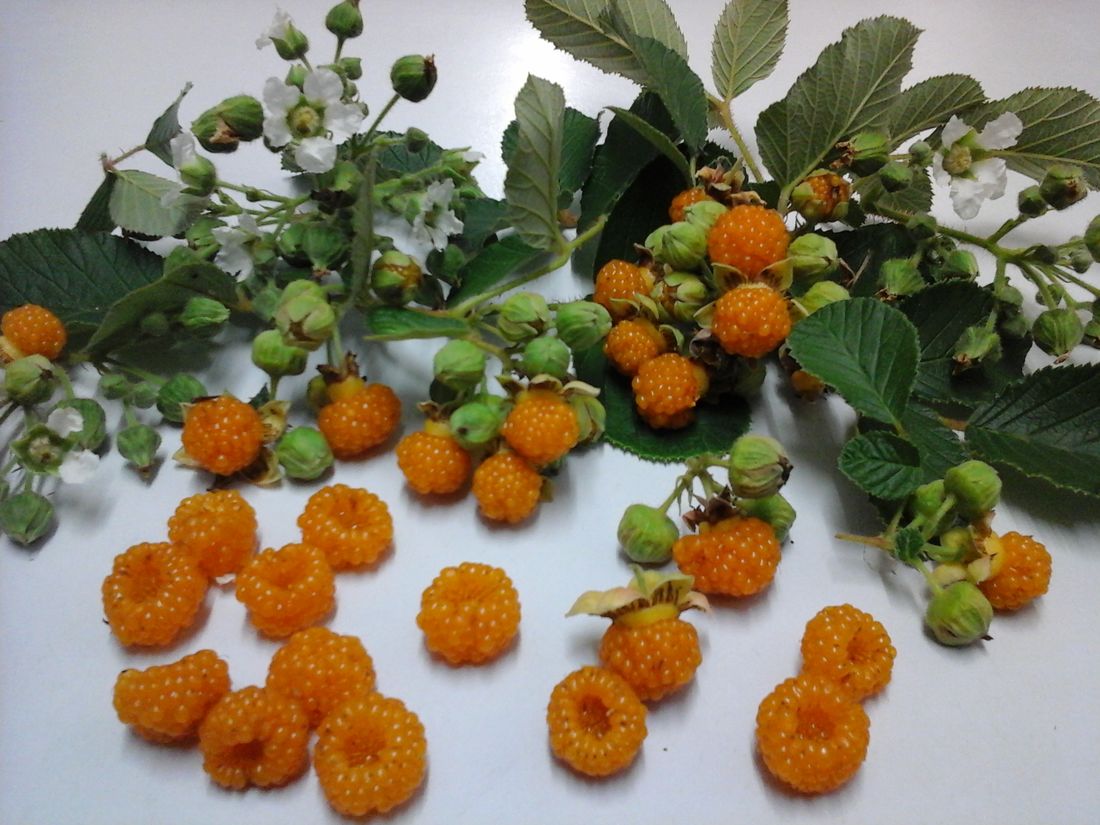A Growing Guide For Raspberries
Raspberries are one of the most popular summer fruits and are very easy to grow. By using different training techniques you can grow raspberries in gardens of any size or even in containers.
Cultivation notes | Raspberries grow best in a fertile, slightly acidic soils (pH 6.5-6.7), well drained soil. Generous quantities of organic manure or compost should be dug through the soil prior to the time of planting. For best results, plants should be planted in a sheltered, sunny position Although not ideal they will tolerate light shade, but their yields will likely be reduced.Raspberries can be planted out as a bare rooted plants during their dormant season (May and July) or at any time during the growing season if purchased as a potted plant. Raspberries are usually planted 45-60cm apart in rows and trained up along a post and wire trellis. If you only have a smaller garden, you can still grow raspberries, either in containers, or by training them up a single post Although not entirely necessary, a support structure keeps your plants tidy and makes harvesting a lot easier. Raspberries need to be keep well watered during dry periods especially during fruit set and development but overwatering should be avoid. Water should be applied preferably at ground level through a drip irrigation systems or leaky hose. By applying water directly onto the ground and not wetting the foliage, flowers and developing fruit the risk of fungal diseases is reduced. | Container Growing | Single raspberry plants can be grown in 40cm diameter pot or 45lt planter bag using a good quality potting mix and slow release fertilizer. Bamboo poles positioned in the pot can be used as supports to train canes up, Feeding your raspberries with seaweed extract and a good general-purpose liquid fertiliser on a monthly basis during the growing season should rewarded you with a good crop of raspberries at harvest time. | Pruning and Training | To achieve the best results from your raspberry plant, it is best support your plant's canes so that it is kept neat and tidy. This will aid in airflow around your plant (helps to reduce fungal disease) and help make harvesting a lot easier. A support structure can be as simple as a couple of bamboo stakes/piece of lattice or as elaborate as a full trellis system. The structure should be approximately 180cm high and have provision to permit the plant's canes to be tie off at 60cm intervals.Whilst the summer & autumn fruiting raspberries varieties require the same growing conditions, the methods of training and pruning of their canes does vary between the two types. Autumn-Fruiting Raspberries (Primocane). Primocane raspberries flower and fruit on the current season’s growth. - Cut back all the canes to ground level in mid winter (July).
- Reduce the number of canes slightly in summer if they appear to be overcrowded.
- During summer remove any unwanted suckers growing away from the rows.
Double Cropping of Primocane Varieties.
Double cropping of autumn fruiting raspberries is useful method of producing summer fruit if space does not allow for the growing of both summer & autumn fruiting cultivars. Cultivars such as ‘Heritage & Autumn Bliss’ are well suited to double cropping. Note:
Only consider double cropping your raspberry plants once the canes are established and growing strongly. When double cropping extra attention must be paid to the nutritional requirements of your raspberries plants to enable them to produce a second berry crop in a single year. -
Instead of pruning all the previous season’s canes to ground level in early winter, select up to 6-8 of the strongest shoots per one meter of row and prune off the upper part of the canes to where the fruit was produced last autumn. Prune the rest of the canes to ground level as normal -
The previous seasons canes will shoot in early spring and produce a modest, but valuable crop in early summer. -
Prune out these canes at ground level immediately after they finished fruiting in summer leaving the new seasons canes to bear fruit in autumn as normal. -
The combined summer and autumn crop is at least five per cent greater than autumn crop alone. Summer-Fruiting Raspberries (Floricane). These varieties will only produce flower and fruit on one year-old canes (the previous season’s growth). - After harvesting the fruit from your raspberry canes in summer, cut the old canes off at ground level. Do not leave any stubs protude above ground level.
- Select six to eight of the strongest new young canes per plant and tie them 10-15cm apart along yor support structure.
- Remove the remaining young stems at ground level.
- Loop any longer canes over the top of your support structure and tie them off. In mid to late winter, trim the long canes back to a bud about 10cm above the top of your support.
| |  |

